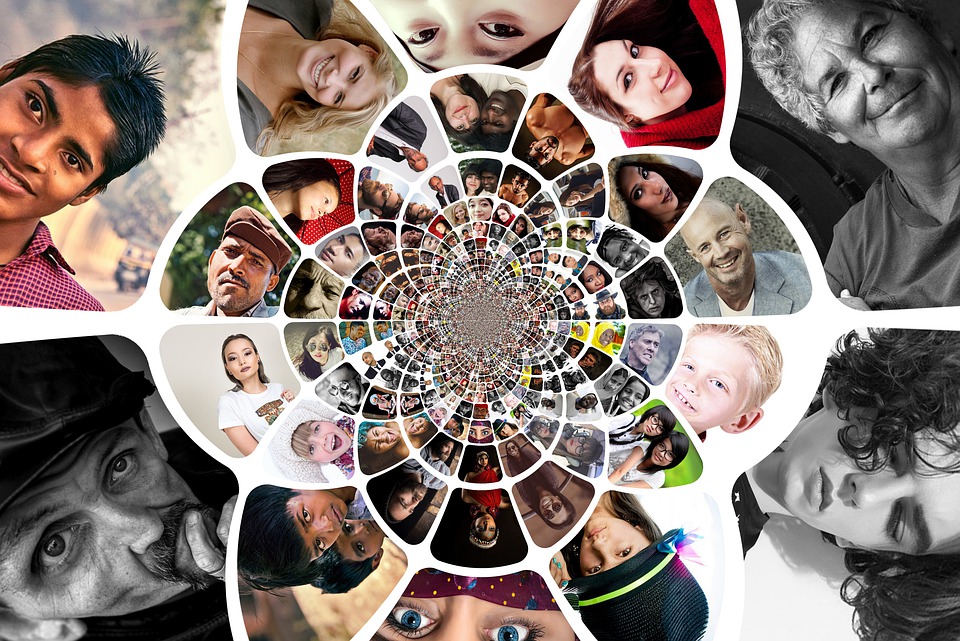Sustainability is a simple concept that emphasizes human beings’ ability to meet their own needs without jeopardizing future generations’ ability to do the same. In other words, it is the coexistence of human civilization and nature.
Sustainability consists of three main pillars and today we will take a look at one of the most overlooked ones: Social Sustainability!
What Is Social Sustainability?
As we mentioned above, social sustainability is one of the most overlooked concepts of sustainable development. It is about meeting the needs of people of today and tomorrow by promoting social well-being. It refers to all the formal and informal processes, structures and systems that can help to create a healthy and sustainable community. It encompasses the following subjects: social justice, social equity, health equity, community development, social capital, social support, human rights, labor rights, social responsibility and cultural competence.
Another, more recent approach claims that all the pillars of sustainability such as the economic, environmental, political and cultural, should all be considered social due to their inherent connection with matters relating to social and natural interactivity.
Below you will find some more definitions of social sustainability:
“Social sustainability is a process for creating sustainable, successful places, by understanding what people need from the places they live and work. Social sustainability combines the design of the physical realm with the design of the social world – infrastructure to support social and cultural life, social amenities, systems for citizen engagement and space for people and places to evolve.”
–From Social Life, a UK based enterprise
“Social sustainability includes achieving a fair degree of social homogeneity, equitable income
distribution, employment that allows the creation of decent livelihoods, and equitable access to
resources and social services, a balance between respect of tradition and innovation, and self-reliance, endogeneity and self-confidence.”
– From Sachs, 1999
The Dimensions of Social Sustainability
-
Equity
The word equity is not the same as equality. Equity can be defined as when a society provides equitable chances to all its members, especially the poorest and most vulnerable class of the society. It is about creating more opportunities for those in need. For instance, in the educational field, additional help and support may be given to children belonging to the lower social class.
-
Diversity

It means understanding and respecting everyone regardless of their differences. These differences could be race, ethnicity, gender, sexual orientation, socio-economic status, age, physical abilities, religious beliefs, political beliefs or other ideologies. It is about accepting and including every person in the mainstream society. Therefore, social sustainability encourages and promotes diversity.
-
Interconnected/Social Cohesions
Have you ever heard of the word social cohesion? It can be defined as connectedness and solidarity among groups in the society. It is categorized into two dimensions. The first one refers to the sense of belonging in a society, while the second one refers to how due to the relationship shared between members of the community, they can trust each other.
Society provides processes, systems and institutions that promote social cohesion. For instance, religion is an institution provided by the community which promotes social solidarity, social harmony and social unity. For example, acts of worship in a group from different religions promote
connectedness.
-
Quality of Life
The traditional basic needs include food, shelter and clothing. However, modern lists focus on other elements such as education, housing, employment, sanitation and healthcare. It is seen that the role of the community is to ensure that the basic needs of individuals, particularly the needy ones, are met and that all members of the society is leading a good life. For instance, many countries’ governments tend to provide housing and education facilities to the lowest class of the social hierarchy.
-
Democracy and Governance

We have often heard of the word democracy, but what does it really mean? It is a type of government where the people have the power and authority to choose their government representatives. The main objective of a democratic system is to encourage and protect the fundamental rights of each individual. Therefore, a democratic government is one that is accountable to the general public.
-
Maturity
In the social context, maturity refers to the individual behaviors in accordance with social norms. It is about respecting and conforming to the expected and accepted patterns of behaviors in the society.
Social sustainability is a concept that is often neglected by society. However, now that you have discovered this unique and social component of sustainability, what are your perspectives? Please share your comments!
